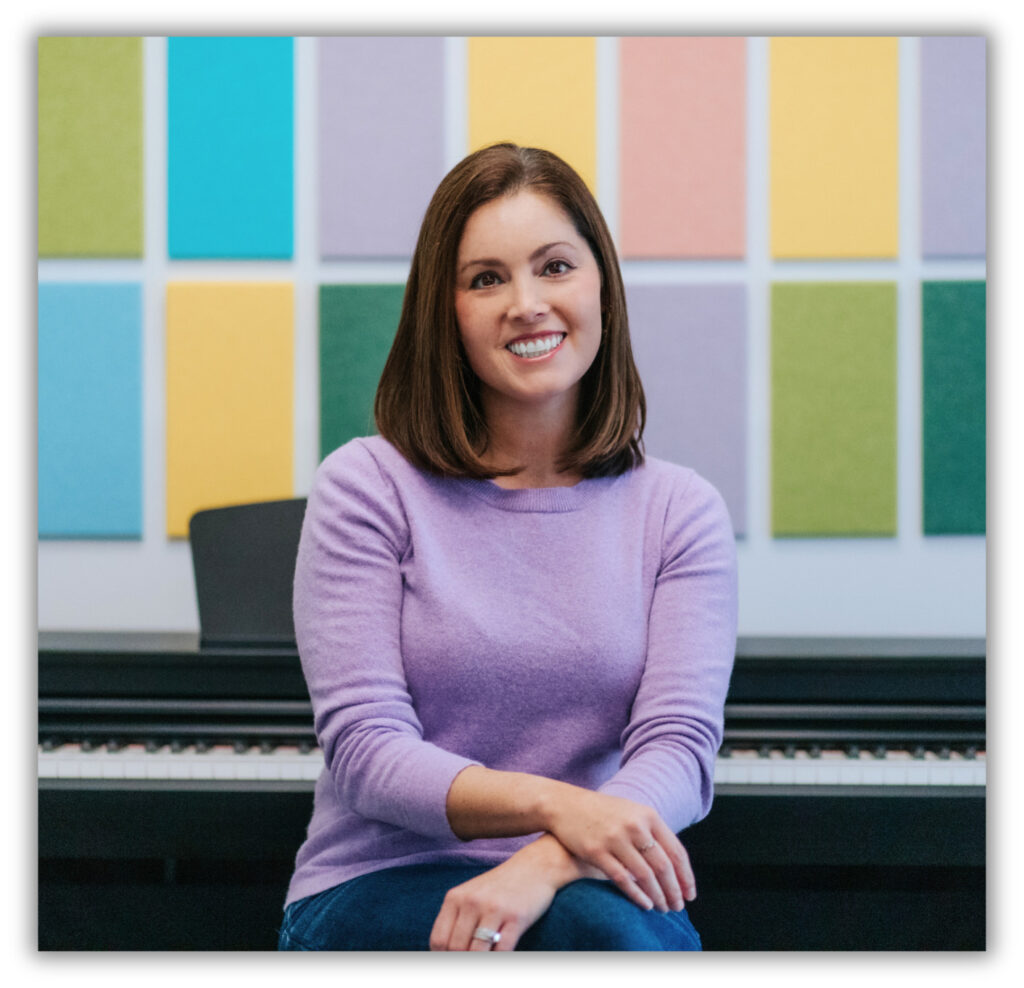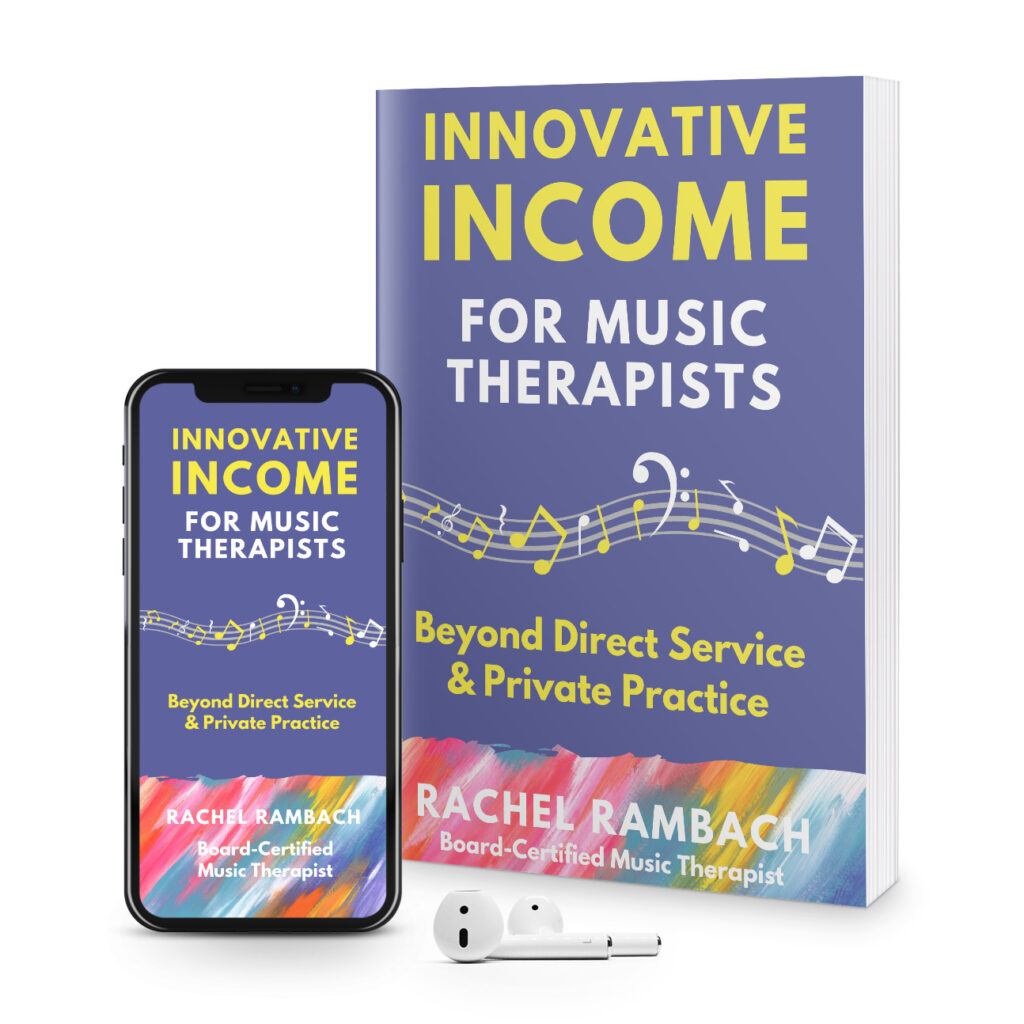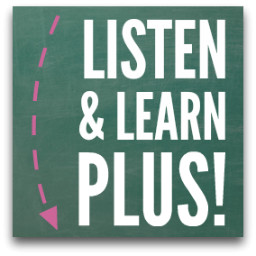by Rachel | Uncategorized
Today’s edition of “Friday Faves” is brought to you by Twitter, because that is how I discovered Model Me Kids. Little did I know that many of my students already knew all about Model Me Kids, and used their videos at home.
From their website:
Model Me Kids® is dedicated to producing high quality teaching tools for children, adolescents, and teenagers with Autism, Aspergers, PDD-NOS, Nonverbal Learning Disorder (NVLD or NLD), and developmental delays. The videos are used by parents, teachers, and therapists. They are also helpful for teaching children with developmental disabilities such as Down Syndrome and may be used with typically developing younger children. Model Me Kids® videos demonstrate social skills by modeling peer behavior at school, on a playdate, at a birthday party, on the playground, at a library, restaurant, and more. Real children model and narrate each skill. DVDs for ages 2-17.
Shortly after following Model Me Kids on Twitter, I received an email from Sue Klein, MMK’s founder and president. She had visited Listen & Learn and thought my songwriting style might be a good match for a video they were currently producing. I loved the idea, and immediately called her to tell her so. Creating the music for Model Me Faces & Emotions™ became one of my summer projects, and it was so much fun! But the best part was receiving my copy of the finished DVD just last week. Actually, I take that back…the VERY best part was having my students receive their copies only to discover my picture on the back cover and hear my familiar voice narrating the video :)
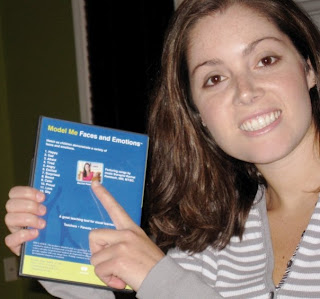
Model Me Kids currently offers 8 DVDs: Model Me Faces & Emotions, Time for School, Time for a Playdate, I Can Do It!, Model Me Conversation Cues, Model Me Friendship, Model Me Tips & Tricks, and Model Me Confidence. You can view samples on their website.
Teaching social skills is a huge focus for the students with whom I work, which made this collaboration truly exciting. If you work with or have children (whether they have autism, another developmental disability, or are typically developing) and want to learn more about Model Me Kids, you can find them on Facebook, Twitter, and their website.
So that does it for today’s Friday Fave. This week has flown by, and I am in disbelief that it is already time for another weekend. I have sheet music to edit, two presentations to prepare, articles to write, and songs to record, but somewhere between that I am going to squeeze in some time with friends. What are your weekend plans?
by Rachel | Uncategorized
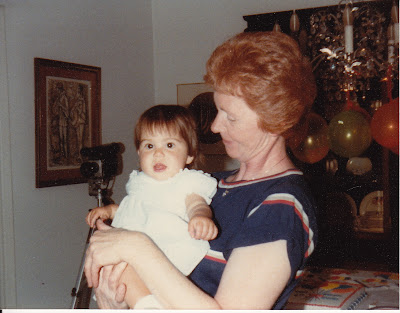 I want to thank you all for the thoughtful comments and emails I’ve received over the last couple of days. As I mentioned in my previous post, my grandma passed away this week. And as difficult as this has been, it really is a blessing that she is at peace now.
I want to thank you all for the thoughtful comments and emails I’ve received over the last couple of days. As I mentioned in my previous post, my grandma passed away this week. And as difficult as this has been, it really is a blessing that she is at peace now.
My grandma was diagnosed with Alzheimer’s Disease thirteen years ago, just as I was beginning high school. She was only in her early sixties, and had to move into a nursing home a couple years later. As time went on, her memory became worse and so did her ability to recognize me and my family. But the one thing that she never lost was her love of music.
It really was amazing how she came to life when she listened to Frank Sinatra, Neil Diamond, and anything else she’d loved before she got sick. In fact, I was so blown away with the effect music had on her that I began looking into music therapy, even though I was less than a year away from graduating college with a degree in voice performance. After shadowing a music therapist for a couple of months, I decided to graduate early so that I could get started in a music therapy graduate program. My first practicum took place in a nursing home, and I knew I was in the right place from day one.
Even though I had always planned on working with seniors (specifically, those with Alzheimer’s) I ultimately decided that I wanted to specialize in music therapy with children. But I have my grandma to thank for sparking that interest in me. It was so neat being able to share that with her; I will never forget the transformation I saw when I started playing my guitar and singing familiar songs to her. She sang along to every single one of them, and knew all of the words.
I’ve spent a lot of time this week going through old pictures, and listening to my dad and uncle tell stories about my grandma. I’m lucky to have so many memories of her as the person she really was. As sad as I am that my grandma is gone, it’s comforting to know that her disease no longer has a hold on her.
I’m ready for life to get back to normal this week, and that includes picking up where I left off here at Listen & Learn. I will announce the other two winners of the Halloween song topic contest either tomorrow or Monday (a holiday for me!) so check back in soon.
by Rachel | Uncategorized
Since launching Listen & Learn Music a year ago, I have been extremely fortunate to connect with so many wonderful parents, music educators, and fellow music therapists. Twitter and Facebook have also been wonderful tools for networking within the music therapy community, and I’ve gone from feeling completely isolated as the only music therapist in my city to having contact with colleagues across the country.
Today I’d like to introduce you to Listen & Learn’s first-ever guest blogger, Kimberly Sena Moore,MM, NMT, MT-BC. I met Kimberly via Twitter, and quickly discovered that in addition to being a wonderfully nice and interesting person, she is a fountain of knowledge in the field. She is Director of Neurosong Music Therapy Services, Inc. and blogs at Music Therapy Maven (where I recently had to opportunity to write a guest post). A Neurologic Music Therapist and Board-Certified Music Therapist, Kimberly has a keen interest in understanding how our brain is affected by music and a strong desire to educate the public about music therapy, as evidenced in her article as follows:
The 5 Most Important Things to Know About Neurodevelopment
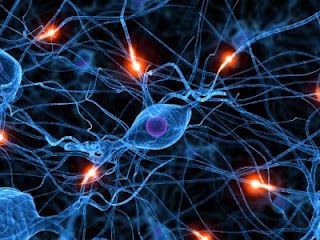 My favorite graduate courses were the neuroscience courses. It fascinated me how the brain was organized, how it functioned, and how this incredibly complex and dynamic organism could be broken down and understood in simpler parts. Amazing.
My favorite graduate courses were the neuroscience courses. It fascinated me how the brain was organized, how it functioned, and how this incredibly complex and dynamic organism could be broken down and understood in simpler parts. Amazing.
And now that I work with trauma-influenced children, I’ve learned much more about neurodevelopment. I have had first-hand experience of the profound and pervasive effects their experiences have had on their ever-growing and ever-changing brains.
In that spirit, I wanted to share with you the 5 most important things you need to know about neurodevelopment. These five concepts are foundational to understanding how our brains, and how our clients, grow, develop, and learn. And here they are:
1. Neurodevelopment is Predictable. Our nervous system develops in the same order every single time. Every time. The first systems to develop are the more primitive ones – those in the spinal cord and brainstem. These structures also happen to be life-sustaining and are responsible for basic regulatory functions (e.g. heart rate, respiration, consciousness, etc.). Our brain then develops in a sequential fashion – once the primitive systems are in place, development moves to the more complex structures (e.g. the neocortex). In fact, did you know that, even though our brainstem is basically fully developed at birth, parts of our neocortex are not fully developed until our mid-20s? And it happens in the same way….every single time.
2. Neurodevelopment is Hierarchical. Our brain is organized in a hierarchical fashion. The simpler, more primitive structures are responsible, or mediate, the more basic, primitive, simpler functions (e.g. the brainstem is responsible for many of our life-sustaining functions mentioned above). The more complex structures mediate the more complex functions (e.g. the neocortex is responsible for verbal skills and abstract reasoning). And our brains are wired (no pun intended) to develop in this hierarchical fashion. The simpler, more primitive structures need to develop before the more complex ones can. Success at one stage depends on success at previous stages. We had to learn how to sit up, before we could crawl, before we could stand, before walking, then running, jumping, etc. We didn’t start out running – the first step was to learn how to sit up. And it’s the same with neurodevelopment. We need to learn how to breathe and pump our blood before we can talk or make moral decisions. Neurodevelopment is hierarchical.
3. Neurodevelopment is Use-Dependent. “Use-dependent” is a term Dr. Bruce Perry, a Texas-based researcher, uses. Use-dependency is a reason why we are so individualized, despite the fact that our brains develop in the same, predictable way every time. Neurons are the only cells in our body that change based on our experiences. This ability affects the whole brain. Our brain is constantly reacting to what occurs in our environment. It’s a very plastic organ. It responds to what is occurring in our environment and, if needed, will change so we can adapt to our environment. So the brain of a child who grows up in neglectful, abusive, chaotic environment will need different skills that the brain of a child who grows up in a stable, loving, nurturing environment. Their two brains will develop differently because they will adapt to the needs and skills each child requires to survive. Use-dependency – how our brains develop depend on how they are used.
4. Neurodevelopment begins in the womb. We are shaped by our experiences even before we are born. Our brain is changing and adapting to the environment in utero. Scary, huh? (It was when I was pregnant!). The brain of a child whose mother experiences abuse while pregnant will be different than the brain of a child whose mother experiences love and support while pregnant. Those two children will have been exposed to their mothers’ emotions, chemicals, and stress and will develop differently as a reaction to those experiences. Our in utero experiences affect our developing brain. It begins in the womb.
5. The first 3 years are the most important. The amount of learning and growing that takes place in the first three years of life is mind-boggling. Our brains will never grow as rapidly as they do when we are babies, infants, and toddlers. It’s during these early childhood years that that the majority of brain development occurs. According the Dr. Perry, our brains are 90% adult size by the time we turn 4. And the learning that takes place in those early years have profound and pervasive effects throughout our lives.
If you are interested in reading more, I would recommend the articles and writings of Dr. Bruce Perry. Although he is a neuroscientist and research, you will find his writings accessible and easy-to-understand. You can find much of his work available for free on his non-profit’s website, the Child Trauma Academy.
by Rachel | Listen & Learn Music, Uncategorized
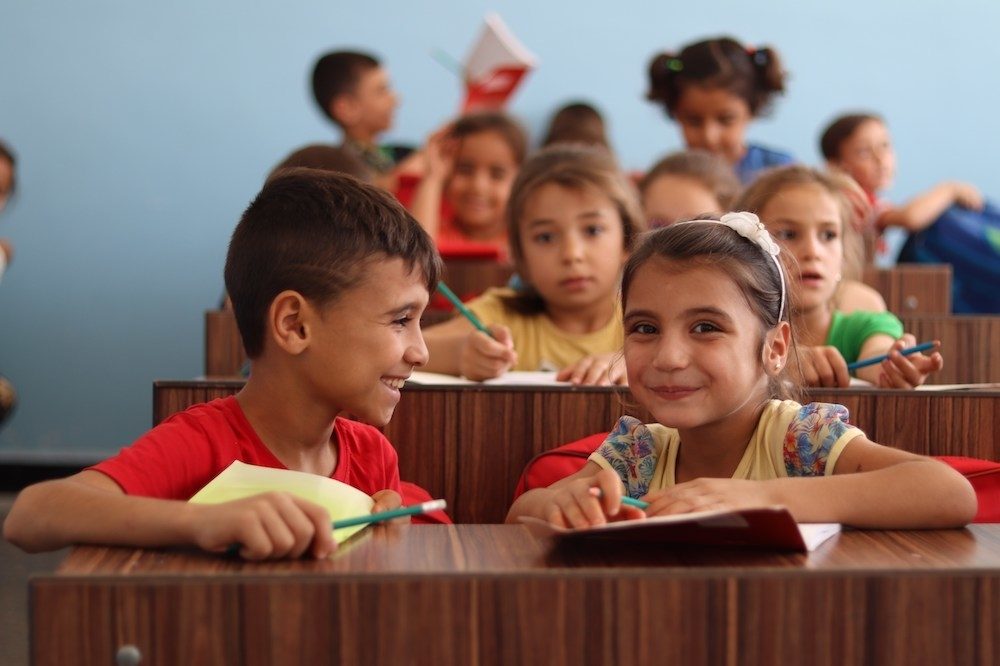
Several of the classes with whom I work at The Hope Institute are specially designed for children with behavioral issues and disorders. Usually those students are some of the sweetest and most enthusiastic kids I see all week, but there are times where it is very apparent why they were placed in that particular classroom.
One of the problems we often seen is disrespectful interactions with peers. Whether it is a gesture, verbal exchange, or even a look, such behavior can set off not only the involved students, but also can result in classroom-wide disruption.
Respect is a word that is spoken often around here, and I wanted to echo its importance in my music therapy sessions. One of the simplest ways to do so is to foster positive interactions between students – the goal of this song:
You can help somebody feel good today,
Do you know the easiest way?
Just give a compliment to someone else.
Think of something nice to say.
The first time I led this activity, it was like pulling teeth to have students volunteer and compliment a peer of their choosing. However, after everyone had a turn, hands were going up for seconds and thirds. It is sweet to see these outgoing, outspoken kids suddenly become shy as they either give or receive a compliment, but it is apparent how much they enjoy giving them and how much it means to be on the receiving end.
This has become a weekly activity in the behavior-centered classrooms. I sing the verse, call on a volunteer to take his or her turn, and then sing the verse again before the next student goes. They know what to do, but the lyrics remind them that they are causing good feelings in their peers just by giving a simple compliment.
by Rachel | Uncategorized
I know I’m not alone in the fact that I am constantly forgetting this, and then being reminded of it every so often. Those of us in the music therapy or education field, particularly those who work with children, are so focused on how music can help our students and clients that we often lose sight of music’s role in our own lives. Most of us probably went into our profession because we were positively affected by the presence of music in our lives, and wanted to share that with others. At least, I know this was the case for me. Yet very rarely do I take the time now to listen to or write music for myself.
Very recently, I experienced one of those aforementioned “reminders”. I’ve really liked Ingrid Michaelson, an indie singer-songwriter, ever since her song “The Way I Am” was made famous in an Old Navy commercial (if you are chilly, here, take my sweater…). I checked out some of her other songs, but sort of forgot about her until recently, when her album Everybody was released. I purchased it on iTunes, and burned it to a CD so that I could listen to it in the car.
Well that was two weeks ago, and I haven’t stopped listening. I really identify with several songs on the CD, particularly the title track. It’s usually the last song I listen to before I get to school, and today I realized how refreshed I felt, how inspired, just by hearing that song. It was a familiar feeling; I’m easily moved by music when I actually take the time to listen. But that is the key – taking the time to really listen, and discover which music is a positive influence on our lives, our work, our sanity.
It’s hard to take off my music therapy hat. In fact, I think it’s glued to my head! After I finish my last session or lesson of the night, I think to myself, “What song could I write to help Susie with (insert goal here)?”. A blessing that I love my job so much, but at the same time, a curse that I have a difficult time walking away from it, separating the “music” from “music therapy” every once in a while.
What music do you listen to for yourself? I’m very interested in hearing about the musical outlets that you seek outside the realm of therapy, education, and parenting, so please share.





